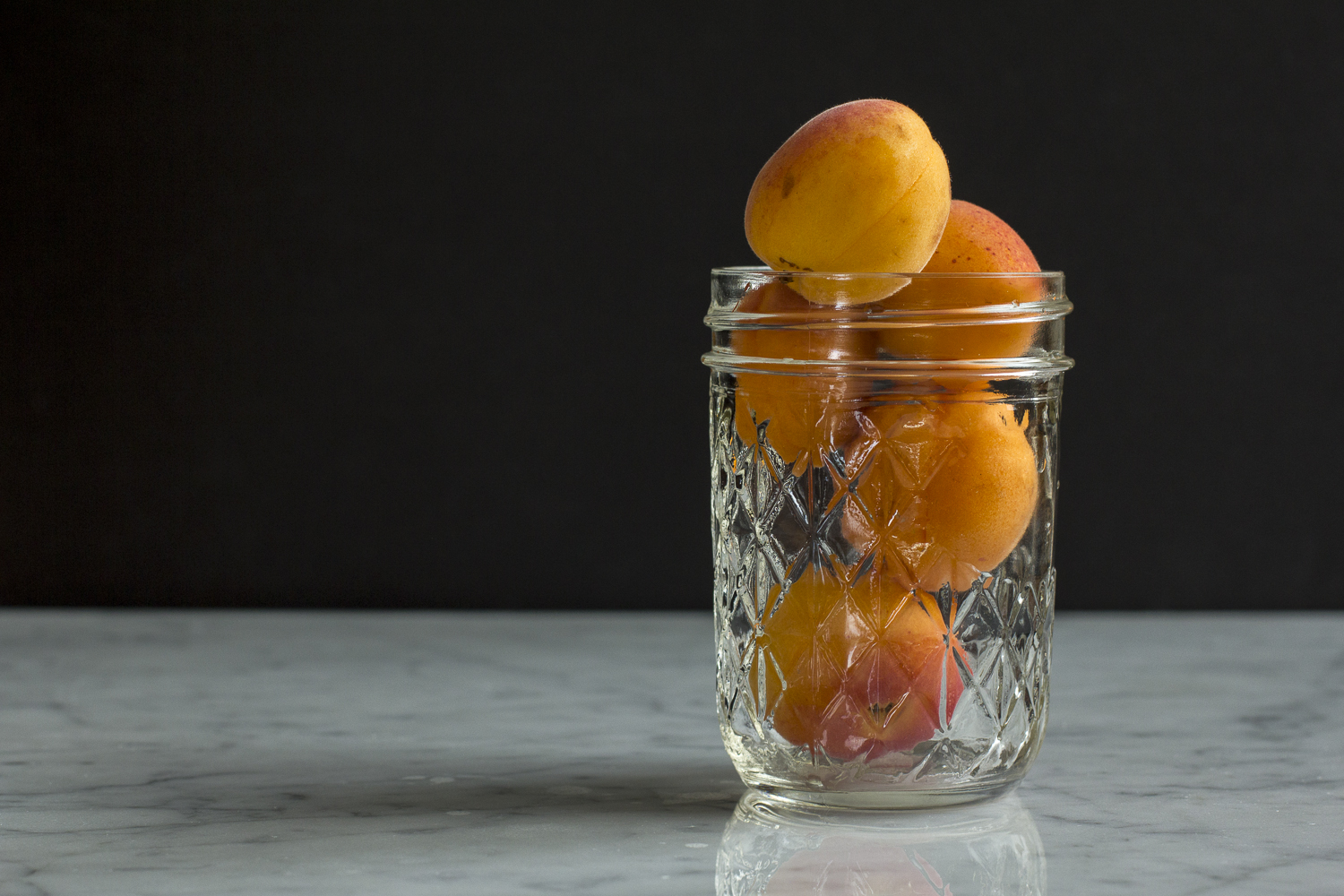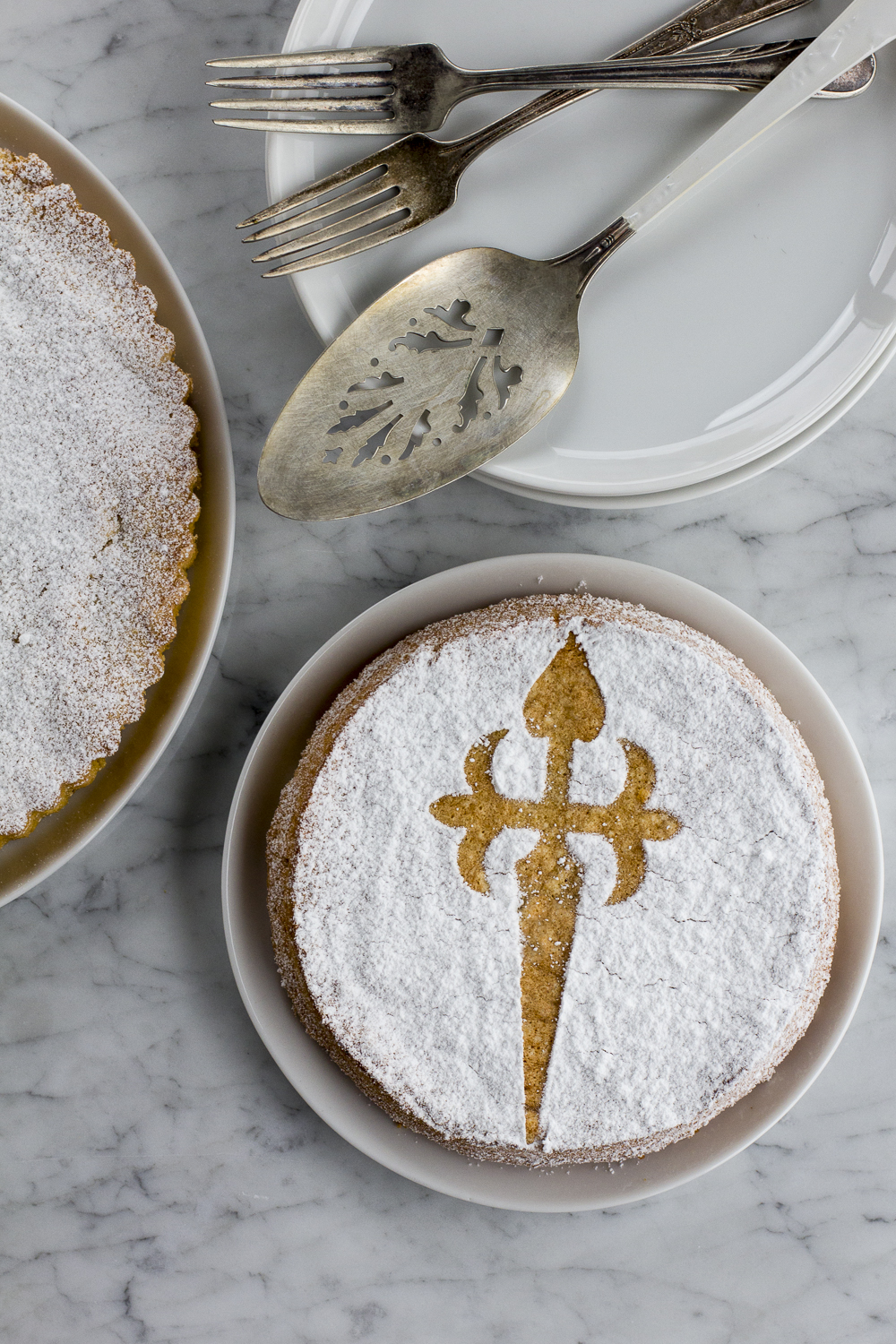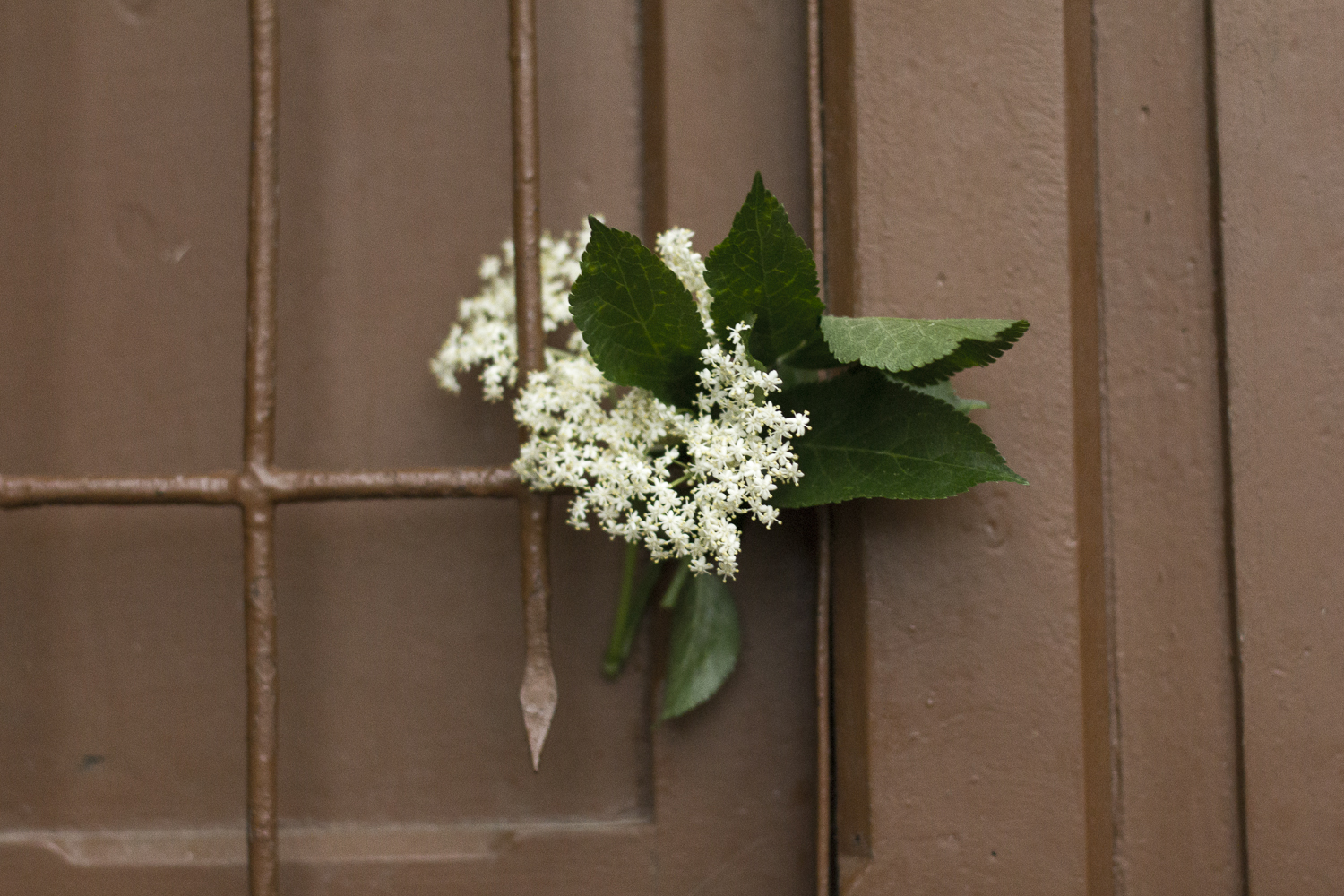Mine's a Gin and Tonic
I like gin and tonic. I've been drinking it forever. I drank my first not on a sunny patio overlooking the sea, or watching Wimbledon, but in a a nightclub called Luv-A-Fair and if you know Vancouver, I've already given away too much. I remember how the tonic glowed under the black lights but to be honest, at that time, it didn't stick. Later, when I lived in Ireland, I learned to drink gin and tonic properly with a group of fabulous girls who remain my friends today. There were two choices, Cork Dry Gin or Gordon's. We drank Gordon's until Bombay Sapphire came along. Yes, that pretty blue bottle turned our heads. Tonic came in little bottles on the side (as it should be) allowing us to mix our own. Lemon was standard issue in Ireland except for our favourite pub, whose proprietor bought limes just for a few of us girlfriends that preferred it thus. It helped that she was one of us. Good times were had by all.
As I returned to Canada, so did my habit for Sapphire and Schweppes. At least at home. There was never any way of knowing what you were getting when you went out with that tonic in a gun stuff. Call me unpatriotic, but Canada Dry is not my favourite.
In my local, not many drink gin and tonic. Fancy cocktails come and go but I stick with my old lady drink. I've realized that others have noticed my devotion to this particular spirit. One of the fine barmen in my local puts it down in my place when he sees me at the door. Again, I've told you too much. Still it's nice to go where everybody knows your name, or at least your drink.
But my comforting G and T world was tipped upside down this summer on my trip to Spain. "Cuál ginebra? Cuál tonic? Which gin? Which tonic?" asked the waiter as he handed me a list of no fewer than 12 choices of Gin. Well,when in Spain, have a Spanish gin. Enter Gin Mare, Mediterranean Gin. Flavoured with traditional botanicals like juniper, coriander and cardamom, it also employs the less traditional in the form of Aberquina olives, thyme, rosemary and basil. This gives it an almost savoury backbone, but it's still most definitely a gin. That juniper flavour is there, just complemented and warmed up and I think it's my new favourite thing.
The other thing we noticed during our trip to Spain was a certain proclivity to garnish. In fact, considering the things they were putting into a G and T, I felt rather silly over my previous preoccupation over lemon or lime. Bars were laid out with little pinch bowls of coriander, peppercorns, juniper berries, cardamom pods, star anise and the rocks glass was eschewed for a huge goblet style. My Gin Mare came with juniper berries and a few lime twists.
While I can readily embrace the garnishes and I love the flavour they impart, the British side of my gin-and-tonic-loving personality cannot get on board with those big bulbous glasses. They just make me feel silly. Sorry, but gin and tonic is a serious drink and it requires a serious glass.
Since this inculcation, I've started branching out with my Sapphire, introducing different tonics like Fever Tree or Fentimans although I wish Fentimans came in smaller bottles. And I'm noticing that the Spanish G and T craze is catching on here too. At Prontino on Cambie Street in Vancouver, they have an excellent selection of interesting local and international gins and I can say that I've been there more than once to sample.
But imagine my delight when my lovely fella came home with a bottle of the coveted Gin Mare and lovely delicious Fentimans tonic the other day. Some special garnishing seemed appropriate.
With the fresh rosemary on my balcony, I had the perfect inspiration.
Rosemary and Orange Gin Mare and Tonic
Add ice, orange zest and rosemary sprig to a rocks glass.
Pour 2 oz Gin Mare
Add Fentimans Tonic to Taste
I fear I may not be able to go back.
If you liked this post, and would like to receive posts like it directly to your inbox, why not sign up for my email updates here.
































































